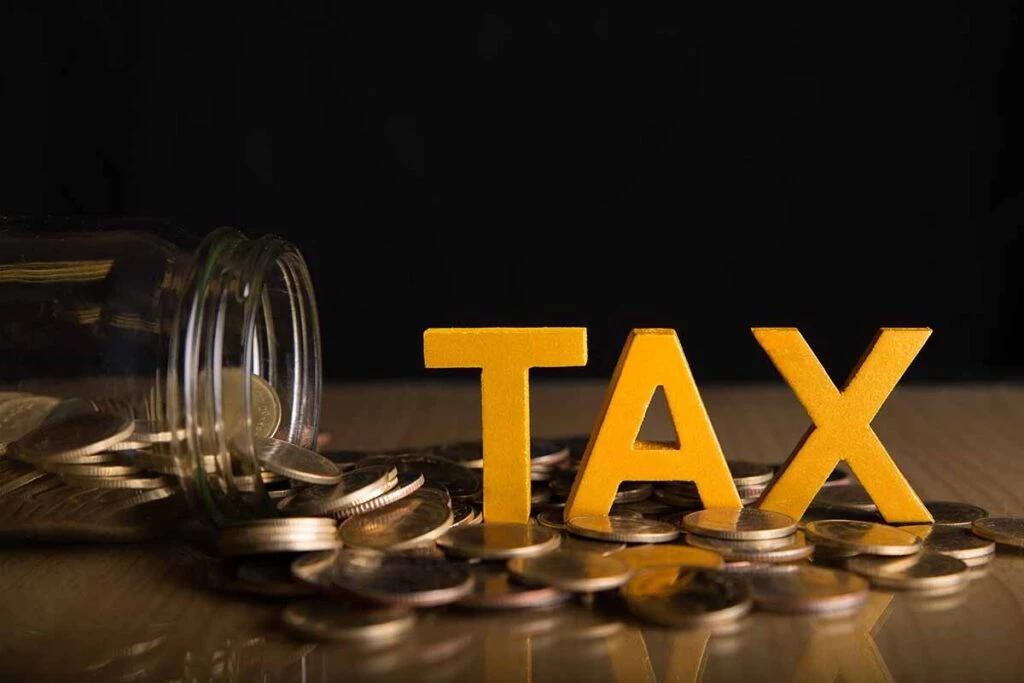So you think you may owe the IRS, but you’re not entirely sure how much?

When you owe money to the IRS, it can be easy to lose track of how much you owe. However, if you’re trying to deal with your tax debts so that you can buy a home or for any other reason, the first thing you need to know is how much you owe. So, how do you find out? Here are the three ways.
Here are 3 Ways You Can Find Out How Much You Owe The IRS
1. Find Out How Much You Owe the IRS Through Their Website
The IRS offers an online tool to help you figure out how much tax you owe. The IRS tool shows your balance for each tax year including the principal amount and penalties or interest. It also shows payments you’ve made in the last 18 months and your total payoff amount.
The IRS tool updates tax interest and penalties every 24 hours so it’s pretty accurate, but it usually takes one to three weeks for your payments to post. If you have sent a payment recently, make sure you keep a receipt or print a copy of any online payment, don’t be too worried if it doesn’t show up on the IRS website right away.
To use the IRS online service you need your social security number, date of birth, and to verify your identity, you need your filing status (single, married filing jointly, etc) and your mailing address from your last tax return. You also need an email address and a mobile phone with your name on the account. Finally, you need an account number from a mortgage or home equity loan, a car loan, or a credit card which needs to be in your name.
Note: You should always go DIRECTLY to the IRS website and never rely upon website links or links found in an email to go to the IRS website. Fake links leading to a fake website that looks like the IRS is one way identity thieves steal your information. Whenever you get to the website check the URL address and be sure you are at https://www.irs.gov/. Also, be aware that scam artists also send fake letters.
Although this process may feel like jumping through hoops of fire, the IRS uses these crosschecks to safeguard your identity. The IRS will pull a credit report to verify you. This is what they call a “soft pull” and it does not affect your credit rating (lower or higher).
The online IRS service to check how much you owe the IRS is available during these days and times:
Monday to Friday: 6 a.m. to 12:30 a.m. ET
Saturday: 6 a.m. to 10 p.m. ET
Sunday: 6 p.m. to 12:00 a.m. ET
2. Call the IRS to Find Out How Much You Owe
If you don’t have a cell phone, a loan, or any of the other information required for the online “What do I owe the IRS” service, you may find out your balance by calling the IRS directly.
Individual taxpayers may call 1-800-829-1040, Monday through Friday, 7 a.m. to 7 p.m. local time.
Taxpayers representing businesses may call 1-800-829-4933, Monday through Friday, 7 a.m. to 7 p.m. local time.
3. Using the US Mail to Find Out How Much You Owe the IRS
If you have a copy of the latest notice or IRS letter mailed to you by the IRS, you can check that for your balance. Note that the amount shown on your notice does not include any interest or penalties assessed since the notice was sent.
Also, many times the IRS will send notices that only contain one year of taxes owed, so if you owe taxes for multiple years it is likely that you will need to add up the balances on all of the notices (assuming the IRS sent letters for all of the years that are owed). To get up-to-date information, you need to check online or by calling the IRS.
What To Do If You Need Help With IRS Balances You Can’t Pay
One of the primary reasons people check the amount owed to the IRS is because they think they may owe them something and are unable to pay. It is wise to learn your exact standing with the IRS so you can take immediate action. If you have unfiled tax returns, think you owe back taxes and perhaps penalties and interest you should speak with us.
Our team of licensed tax professionals at The W Tax Group offers 100% free consultations to evaluate your tax case. Not only can we help you determine what you owe, but we can provide guidance on how to solve any tax issue, including filing past returns, reducing penalties, interest, and negotiating the best possible back tax resolution under the Internal Revenue Manual.

